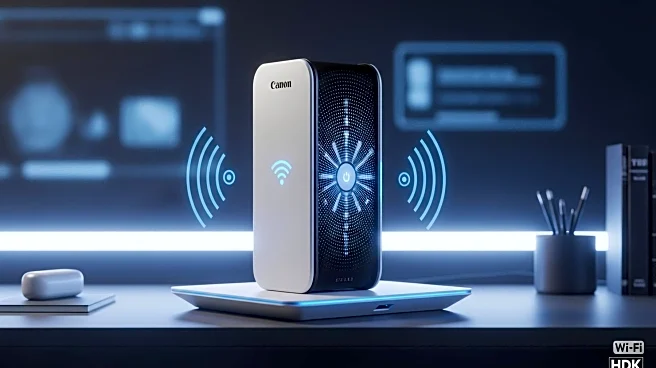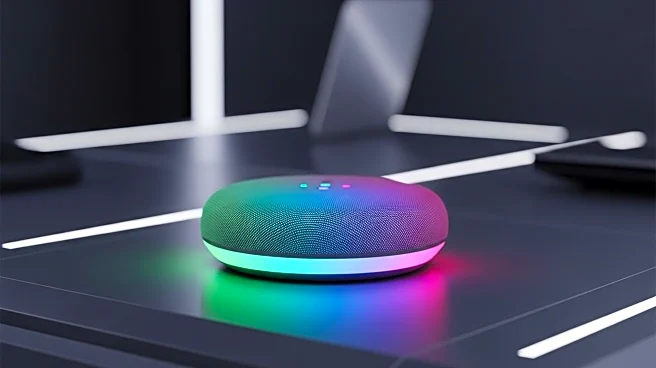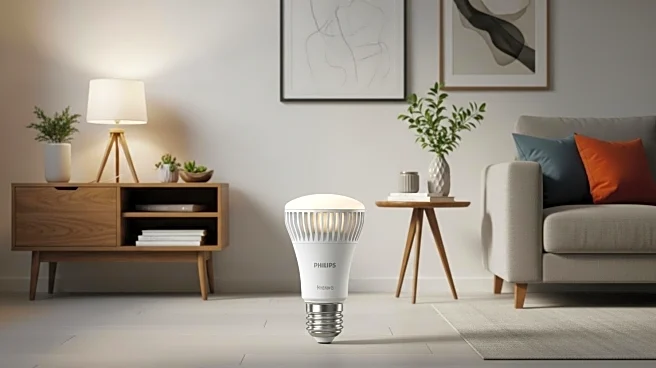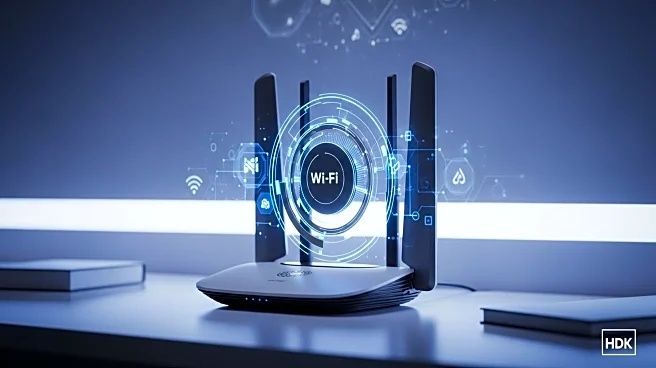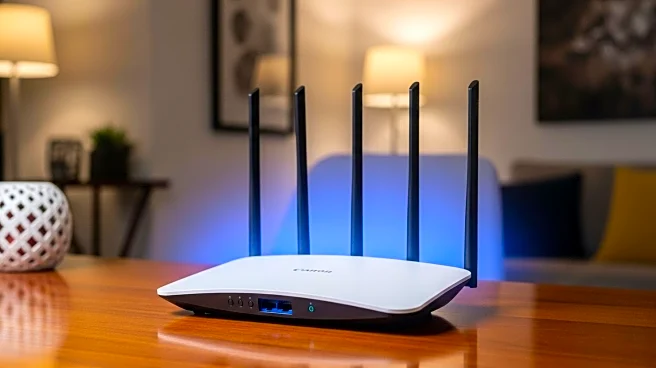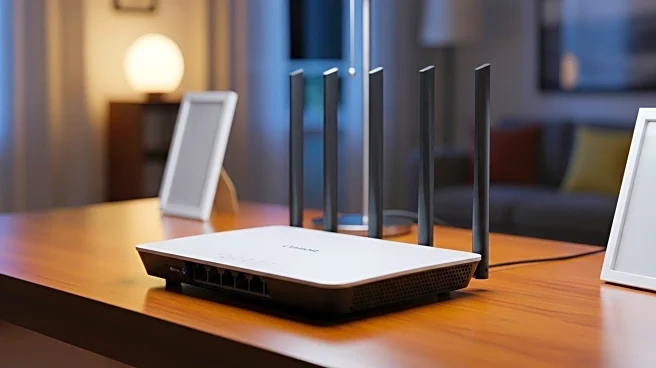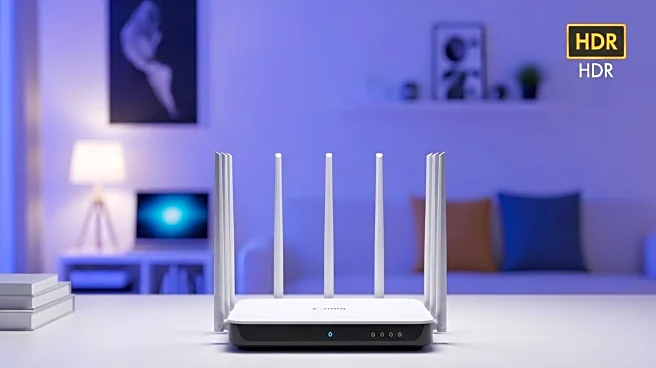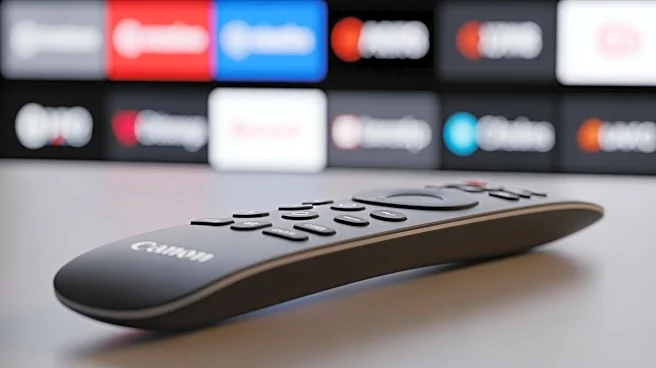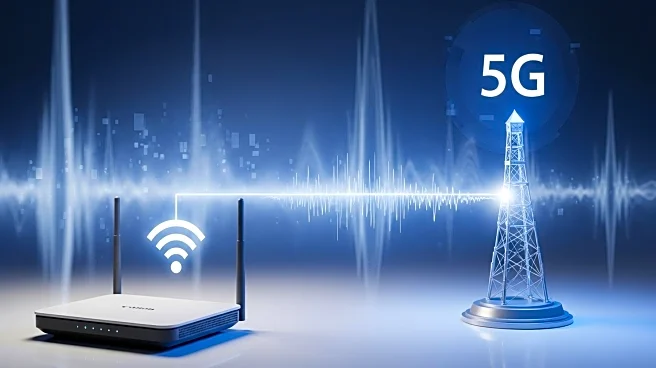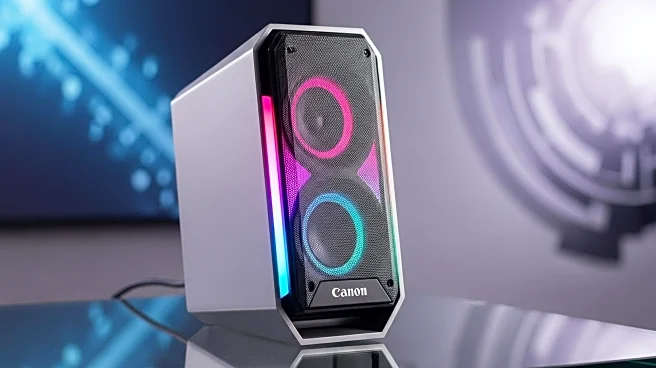What is the story about?
What's Happening?
TP-Link has successfully tested an early prototype of Wi-Fi 8 hardware, marking a critical milestone in its development. The company announced that it has validated the Wi-Fi 8 beacon and data transfer capabilities, proving its viability for future consumer products. Developed through a joint industry partnership, TP-Link expects consumer devices to be available ahead of the standard being ratified, which the Institute of Electrical and Electronics Engineers (IEEE) anticipates by 2028. Wi-Fi 8 aims to improve stability and connection reliability, utilizing 2.4GHz, 5GHz, and 6GHz bands with a theoretical maximum channel bandwidth of 320MHz and peak data rate of 23Gbps.
Why It's Important?
The development of Wi-Fi 8 represents a significant advancement in wireless technology, focusing on reliable performance in challenging real-world conditions rather than just peak speeds. This new standard is expected to enhance user experiences in environments with low signal or high network loads, supporting more devices simultaneously and reducing lag. As connectivity becomes increasingly crucial for gaming, streaming, and remote work, Wi-Fi 8's improvements could lead to smoother and more stable online interactions, benefiting consumers and businesses alike.
What's Next?
TP-Link and its industry partners will continue to refine Wi-Fi 8 technology, preparing for its eventual market release. As the IEEE works towards finalizing the standard by 2028, companies may begin developing compatible devices to capitalize on the anticipated demand for improved connectivity solutions. The rollout of Wi-Fi 8 could drive innovation in smart home technology and IoT devices, as manufacturers seek to leverage its enhanced capabilities.
Beyond the Headlines
The introduction of Wi-Fi 8 may influence the competitive landscape among tech companies, as they strive to offer cutting-edge connectivity solutions. This could lead to increased investment in research and development, as firms aim to differentiate their products and capture market share. Additionally, the focus on reliability and stability may shift consumer expectations, prioritizing consistent performance over sheer speed in wireless technology.
AI Generated Content
Do you find this article useful?
